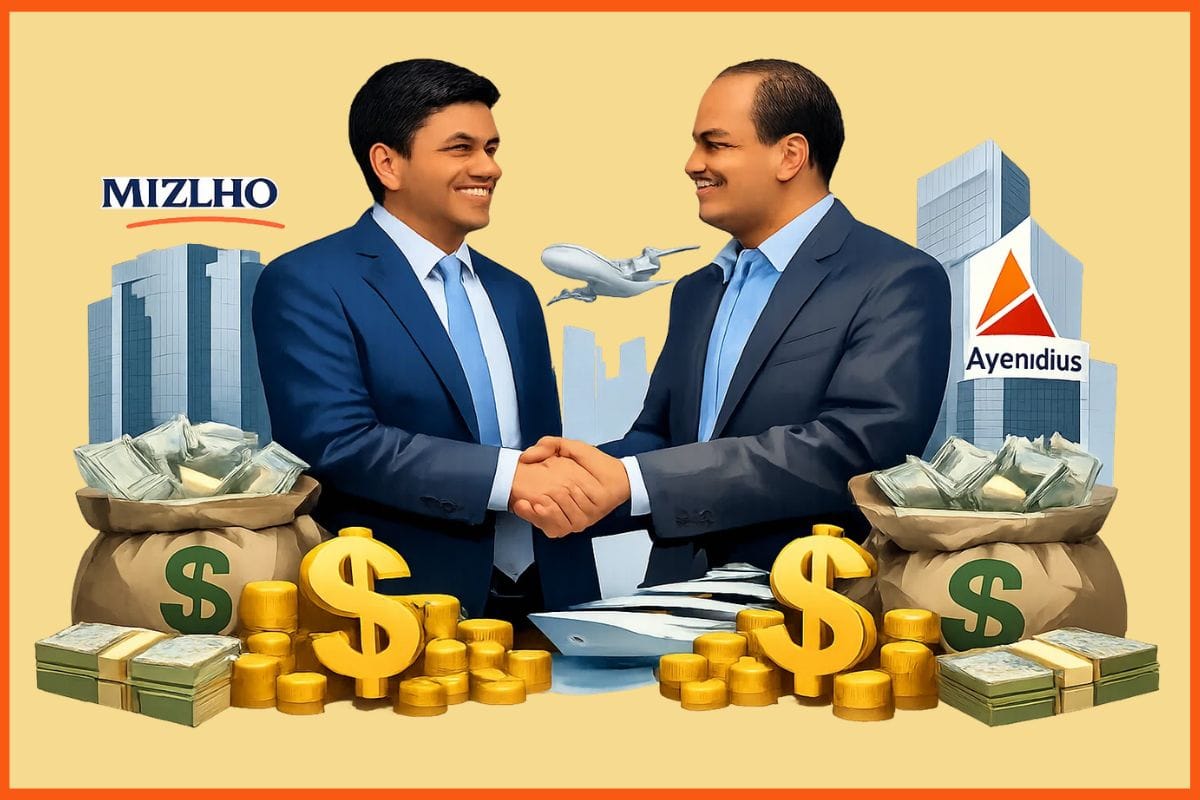Indian Railways to Collaborate with IIT-Madras to Develop Air Mobility Solutions

A concept that formerly appeared to be science fiction is now progressively approaching reality, facilitated by an innovative partnership between Indian Railways and IIT-Madras. Railway Minister Ashwini Vaishnaw recently declared that the ministry will collaborate with a distinguished institute to create advanced Vertical Take-Off and Landing (VTOL) vehicles, which could transform urban mobility in India. TICE provides essential information regarding the government's strategy.
The Ministry of Railways is financing this ambitious program, which is anticipated to advance India into a new era of innovative transport alternatives. Vaishnaw's declaration occurred during the virtual concluding ceremony of the Global Hyperloop Competition 2025, organised by IIT-Madras. This initiative corresponds with the government's broader objective of promoting domestic innovation and establishing India as a frontrunner in modern transportation technologies.
How Do VTOL Vehicles Work?
VTOL vehicles are aircraft that can ascend and descend vertically, analogous to helicopters, yet possess the efficiency and velocity of aeroplanes. In contrast to traditional aircraft that necessitate extensive runways, VTOLs can function from limited areas, rendering them suitable for crowded urban settings. These vehicles may facilitate the development of flying taxis, emergency response air ambulances, and airborne logistics, profoundly altering the transportation of individuals and commodities.
The potential is not limited to that. In addition to passenger transport, VTOLs may be utilised for railway track inspections, aerial surveys, and emergency evacuations, offering Indian Railways a unique instrument to improve efficiency and safety.
Strong Backing from the Government
This partnership highlights the Indian government’s dedication to utilising academia for innovative technological progress. IIT-Madras, recognised for its research in advanced transportation solutions, will be instrumental in building VTOL prototypes and enhancing their design for practical applications. Vaishnaw emphasised that this collaboration signifies a significant advancement in developing indigenous, innovative travel solutions that might position India in the vanguard of the global mobility sector.
The growing number of Indian entrepreneurs entering the advanced air mobility sector will enhance the ecosystem. India's startup ecosystem is experiencing a proliferation of enterprises dedicated to electric and hybrid aerial transportation, and a government-supported initiative of this magnitude is anticipated to significantly enhance the sector.
Although the potential of VTOL vehicles is promising, regulatory approvals constitute a significant obstacle. In contrast to railways, air mobility solutions are regulated by the Directorate General of Civil Aviation (DGCA) and the Ministry of Civil Aviation (MCA). Any advancement in this domain would require authorisation from these authorities to guarantee airworthiness, safety, and compliance with existing airspace norms.
The MCA acknowledges the need for an efficient regulatory framework and is diligently developing a sandbox environment to test new electric air mobility solutions. The DGCA has established six working groups to investigate various aspects of this technology, including safety protocols and operational feasibility. This is anticipated to offer a systematic framework for startups and industry stakeholders to commercialise their VTOL inventions.

Must have tools for startups - Recommended by StartupTalky
- Convert Visitors into Leads- SeizeLead
- Website Builder SquareSpace
- Manage your business Smoothly Google Business Suite







